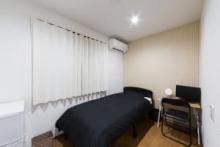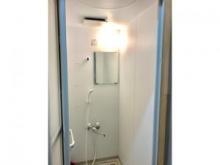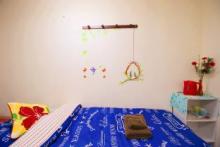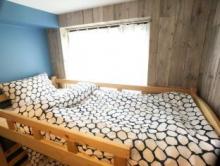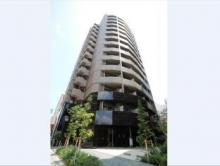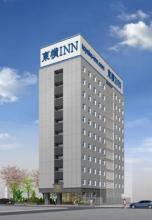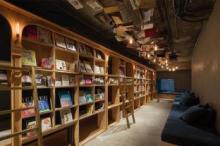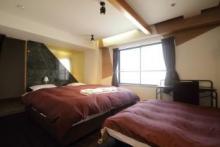Tokyo Travel Guide, Hotel, Attraction
Ikebukuro
Ikebukuro (池袋, [ikebɯkɯɾo]) is a commercial and entertainment district in Toshima, Tokyo, Japan. Toshima ward offices, Ikebukuro station, and several shops, restaurants, and enormous department stores are located within city limits.
At the center of Ikebukuro is the train and subway station, a huge urban gathering shared by the JR East lines, the Seibu Ikebukuro Line and the Tōbu Tōjō Line. It is one of the main commuter hubs in the western Yamanote area of Tokyo. Ikebukuro Station is the third-busiest station in Japan, and the world
Around the station are the Seibu and Tōbu department stores. Seibu, written with the characters for "West" and "Musashi (province)" (西武), is on the east end of the station and Tōbu, written with the characters for "East" and "Musashi" (東武), is on the west end. East of the station, on the site of Sugamo Prison, stands Sunshine 60, which was the tallest building in Asia at the time of its construction.
The Sunshine 60 contains a large and popular shopping mall, which contains various attractions including an aquarium, a Pokémon Center, and cat cafes. Adjacent to Sunshine City, on Meiji-Dori, is the Toyota Amlux Building which houses the Toyota showroom. Otome Road, a center for otaku culture and shopping district for anime and manga aimed at women, is located nearby. Marui and Don Quijote also have department stores in the area. The principal electronics retailer in Ikebukuro is Bic Camera. There is a small pleasure district located in Nishi-Ikebukuro, similar to Shinjuku's Kabukichō.
The old village of Ikebukuro stood to the northwest of the station. Most of the area on which modern Ikebukuro is built was historically known as Sugamo. In the Taishō and Shōwa periods, the relatively low land prices attracted artists and foreign workers, who lent a somewhat cosmopolitan atmosphere to Ikebukuro. Until October 1, 1932 when Toshima ward was established, the area was an independent municipality of Ikebukuro-mura (池袋村).
The kanji for Ikebukuro literally means pond bag. Outside the west exit of Ikebukuro station near an entrance to the Fukutoshin Line is a small plaque explaining how the area used to have multiple lakes, hence the name.
There is a small statue of an owl located near the center of the city called Ikefukurō-zō (いけふくろう像), meaning pond owl statue. It is a play on words from the alternative meaning of "fukuro" as "owl" (although owl is pronounced with a long final "oh", rather than a short "o" in the word "fukuro" for bag). The owl statue has become a famous meeting place along the lines of the statue of Hachikō located outside Shibuya Station.
Hotels in Ikebukuro

